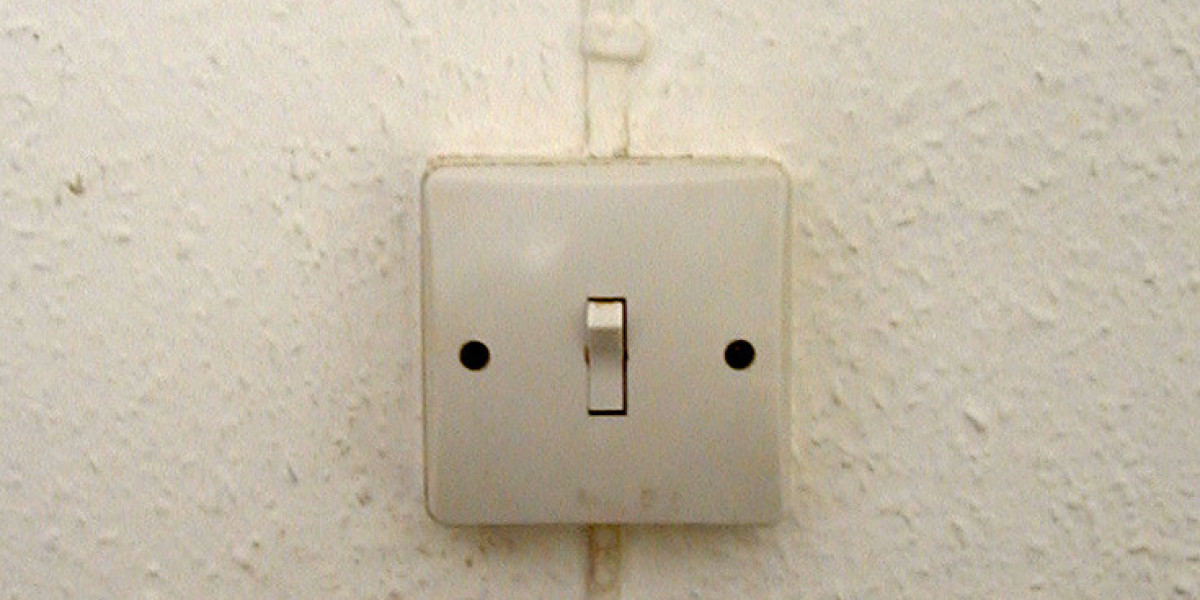Taking Anabolic Steroids After A Sport Injury
## Anabolic Steroids and Sports‑Related Injuries
*A quick guide for athletes, coaches and medical professionals*
---
### 1. What Are Anabolic (Androgenic) Steroids?
- **Definition** – Synthetic derivatives of testosterone that promote protein synthesis, mlx.su muscle growth and recovery.
- **Mechanism** – Bind to androgen receptors → ↑ ribosomal biogenesis → ↑ muscle hypertrophy & faster repair of damaged tissue.
- **Common forms used by athletes** – Testosterone esters (e.g., enanthate, cypionate), nandrolone decanoate, stanozolol, trenbolone.
---
### 2. Typical "Performance‑Enhancing" Use in Sports
| Steroid | Primary Effect | Common Timing | Dose (approx.) |
|---------|----------------|---------------|----------------|
| Testosterone esters | Muscle mass & strength | Loading phase → 200–500 mg/weekly, tapering to maintenance | 12‑16 weeks |
| Nandrolone decanoate | Recovery & endurance | 150–250 mg every 4‑6 weeks | 8‑10 weeks |
| Stanozolol | Power & speed | 2.5–5 mg/day, short bursts | 3‑4 weeks |
**Typical "stack"**: Testosterone + Nandrolone + a performance‑enhancing anabolic steroid (e.g., Boldenone).
---
## 2. How does the body react?
| System | Acute response to high‑dose steroids | Chronic adaptations |
|--------|--------------------------------------|---------------------|
| **Hormonal axis** | Suppression of LH/FSH → ↓ endogenous testosterone; ↑ estradiol via aromatase (especially in adipose tissue). | Down‑regulation of androgen receptors, increased sensitivity to estrogen. |
| **Metabolism** | Lipogenesis ↑, lipolysis ↓ → fat accumulation. | Hepatic enzyme induction → altered drug metabolism. |
| **Cardiovascular** | ↑ blood pressure via vasoconstriction and fluid retention; ↑ LDL/↓HDL → atherogenic profile. | Endothelial dysfunction, accelerated plaque formation. |
| **Musculoskeletal** | ↑ protein synthesis → muscle hypertrophy; ↓ collagen turnover → joint pain. | Tendon laxity; risk of rupture. |
| **Immune** | Suppression of cytokine production; reduced NK cell activity. | Increased infection susceptibility. |
---
## 4. Clinical Recommendations for Sports Physicians
| Domain | Recommendation |
|--------|----------------|
| **Screening & Monitoring** | • Baseline labs: CBC, CMP, lipid panel, fasting glucose.
• Annual monitoring of lipids, liver enzymes, HbA1c (if risk factors present).
• Monitor blood pressure during training sessions. |
| **Education** | • Inform athletes about the acute and chronic risks associated with anabolic steroid use.
• Discuss potential for withdrawal symptoms and psychological dependence. |
| **Intervention Strategies** | • Encourage natural performance-enhancing strategies (periodized strength training, adequate protein intake, sleep hygiene).
• Provide referrals to sports psychologists if substance-use concerns arise.
• For athletes already using steroids, develop a gradual tapering plan under medical supervision. |
| **Legal and Ethical Considerations** | • Emphasize that anabolic steroid use is prohibited in most competitive sports; outline consequences of doping violations. |
---
## 6. Summary Table
| Aspect | Key Findings |
|--------|--------------|
| Pharmacokinetics | Rapid absorption; peak plasma ~3–4 h; half‑life 2–4 days (varies by ester). |
| Physiological Effects | ↑ muscle protein synthesis, nitrogen retention, erythropoiesis; ↓ GH/IGF‑1. |
| Side‑Effects | Hepatotoxicity, lipid alterations, androgenic signs, cardiovascular risk, endocrine suppression, psychological changes. |
| Reversal Strategies | Discontinue steroid; support liver (e.g., SAMe), lipid‑normalizing agents (ezetimibe), statins, antioxidants; monitor labs. |
| Monitoring | ALT/AST, ALP, GGT, bilirubin, lipids, CBC, hormone panels; imaging if indicated. |
---
**Prepared for: Name of Patient
Date: 24 April 2024**
*This document is provided by the attending physician and should be reviewed in consultation with your healthcare provider to tailor any therapeutic interventions to your specific medical history and needs.*







